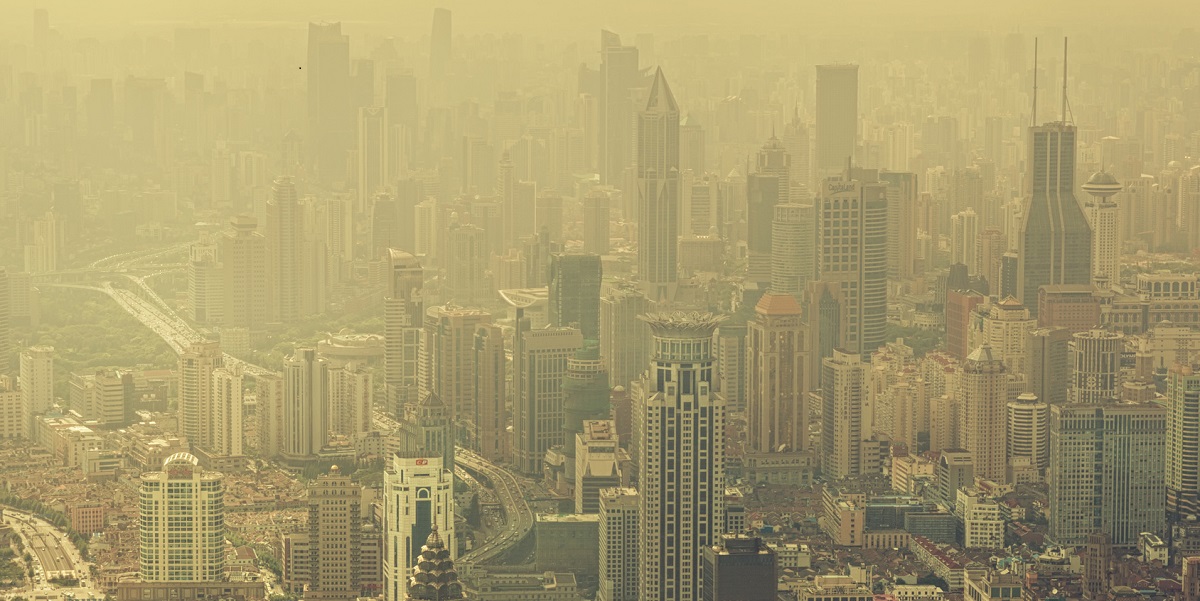Outdoor air quality

In many parts of the world, poor air quality is a significant public health problem. The health effects of air pollution are complex; studies have shown exposure to high levels of air pollution over short time periods (e.g. minutes/hours/days) and longer time periods (e.g. years) is linked to many different acute and chronic health problems. These effects are mainly on the respiratory and cardiovascular systems. Air pollution is a complex mix of particles and gases, and concentrations of pollutants are often highest in the urban areas of low- and middle-income countries. Particulate matter (PM) and nitrogen dioxide(NO2) are both major components of urban air pollution. Current information on world air quality is available from a number of sources including World Health Organization (WHO), AirNow and World Air Quality Index Project.
Prevention
Travellers with respiratory and cardiovascular conditions should consider whether a particular destination is appropriate for them if pollution levels are known to be high during their planned stay.
In areas where poor air quality is a concern, all travellers should:
- On a day to day basis, check the local air quality data and adjust activities to help plan their outdoor activities e.g. avoid exercising outdoors when pollution levels are high, avoid pollution hot spots if possible such as busy roads/junctions, rush hours, keep external doors and windows closed when air pollutant levels are high.
- Take notice of any Health Advisories published by the Local Ministry of Health and Department of Environment, and follow the guidance provided.
It is unclear if face masks are beneficial at reducing exposure and may make breathing more difficult for those with pre-existing lung conditions. Those who choose to use a mask should make sure that it fits well and know how to wear it properly.
Resources
Explore more
Pertussis
Pertussis, also known as whooping cough is typically spread by the respiratory route when, for example, an infected person coughs or sneezes
Cholera
Cholera is an infection that usually causes profuse watery diarrhoea; the majority of travellers are at low risk
Hepatitis A
Hepatitis A is an infection of the liver, and is transmitted through contaminated food and water or by direct contact with an infectious person
Chikungunya
Chikungunya is a viral infection caused by the chikungunya virus (CHIKV) and is transmitted through the bite of an infected mosquito
Altitude illness
Altitude illness describes a number of conditions that may occur in individuals ascending rapidly to high altitude, usually above 2,500m
Featured Topics
Malaria
Malaria is a serious and sometimes fatal disease, transmitted by the bite of an infected mosquito occurring in many tropical regions of the world
Measles
Measles is a highly infectious viral illness with the potential for serious and life-threatening complications
Mpox
Mpox is an infectious disease caused by the virus MPXV
Oropouche virus disease
Oropouche virus disease is an arboviral disease caused by the Oropouche virus (OROV) spread to humans mainly through the bite of an infected midge
Pertussis
Pertussis, also known as whooping cough is typically spread by the respiratory route when, for example, an infected person coughs or sneezes
Rabies
Rabies is transmitted to humans usually by a bite or scratch from an infected animal (usually a dog) and almost always fatal once symptoms appear



